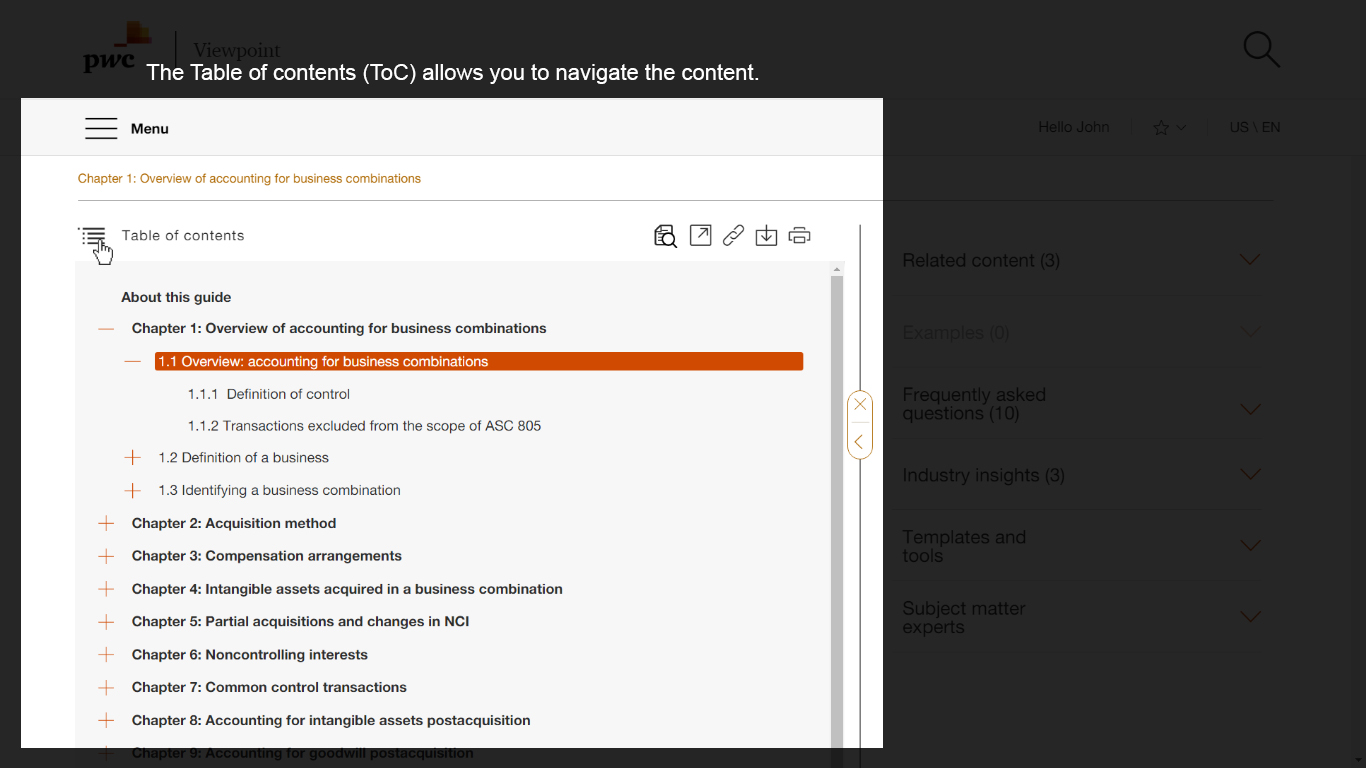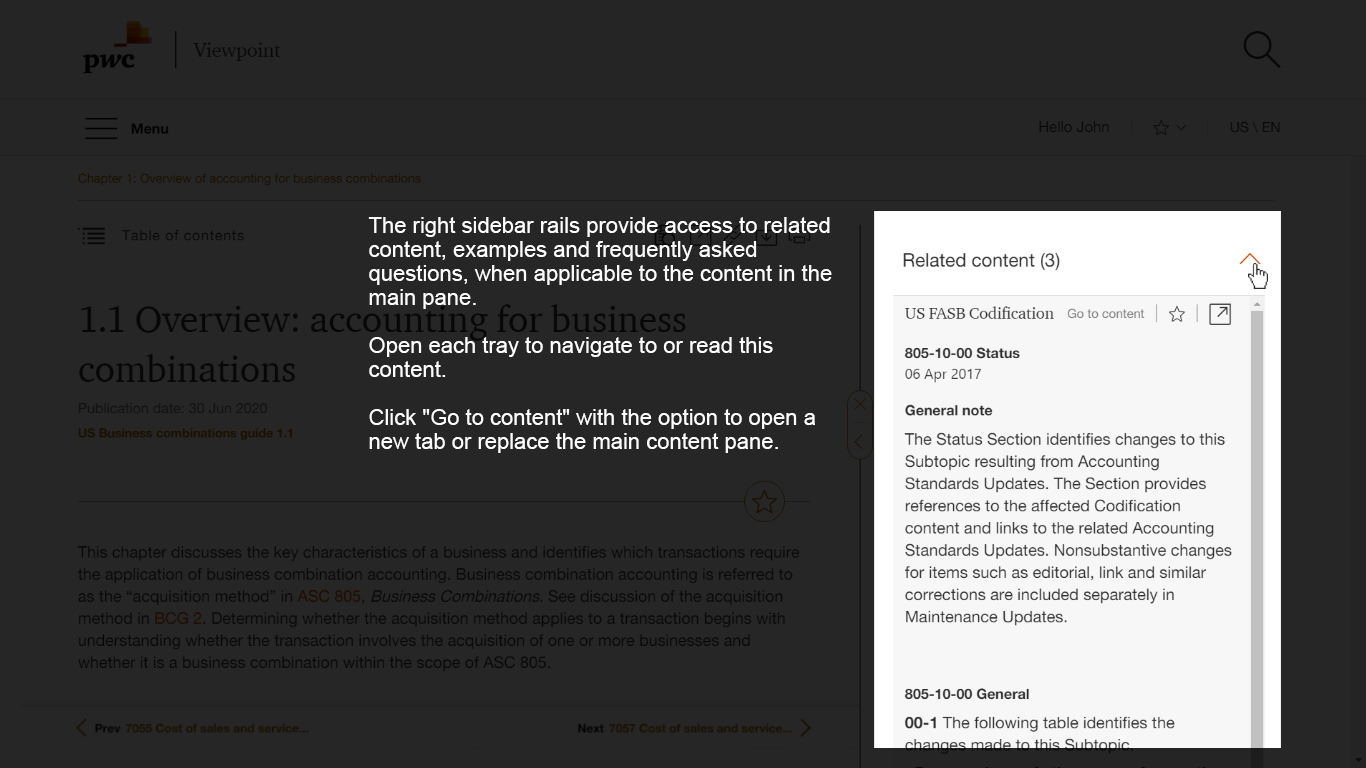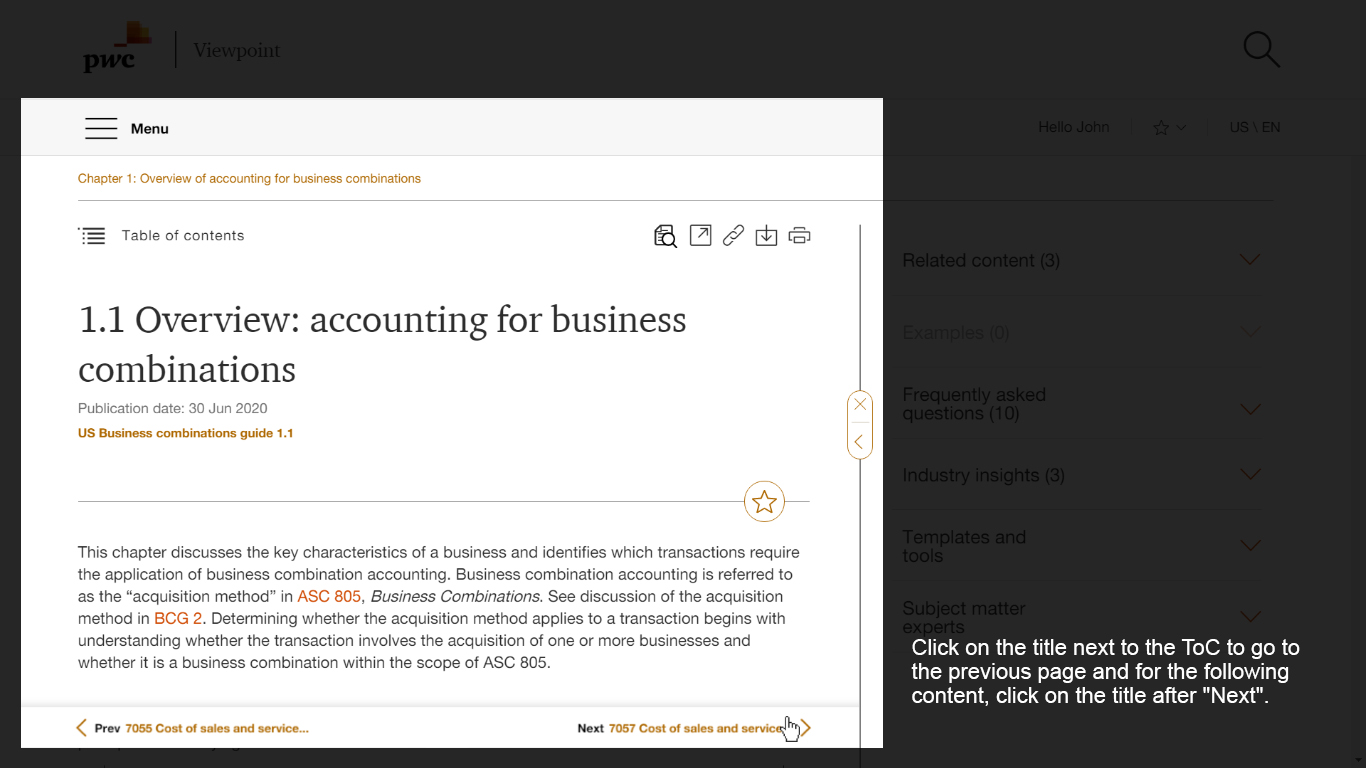As an alternative to the minimum amortization (excess outside the 10% corridor; see
PEB 3.2.7),
ASC 715 provides that any systematic method of amortization may be used in lieu of the minimum amortization method if the following criteria are met:
- The minimum amortization is used in any period in which it is greater than the amount determined by the alternative method
- The alternative method is applied consistently
- The alternative method is applied similarly to both gains and losses
- The alternative method is disclosed
Some common alternative methods for the recognition of gains and losses in excess of the minimum amortization required by
ASC 715 that we have seen in practice include:
- Immediate recognition of the full net gain or loss in the income statement,
- Immediate recognition of amounts in excess of the corridor in the income statement, or
- Recognition over periods shorter than the average remaining service period or average remaining life expectancy, as applicable.
Any change in the method of recognizing gains and losses is considered to be a change in accounting principle under
ASC 250,
Accounting Changes and Error Corrections, that must be justified on the basis of preferability and applied retrospectively to all periods presented. We generally believe that any method that results in recognizing gains and losses in net income sooner (i.e., moves the recognition of gains and losses closer to immediate recognition) is preferable. Conversely, we believe it is difficult to support the preferability of any change that further delays the recognition of gains and losses in net income, including the change to a longer amortization period.
An employer that implements an immediate recognition approach generally would recognize in net income the full amount of the net gain or loss that is measured at the time the benefit obligation and plan assets are remeasured. As such, when the annual measurement is performed at year-end, the full amount of the net gain or loss would be recognized in the fourth quarter. If the employer remeasures the benefit obligation and plan assets at an interim period (e.g., due to a significant plan event), it would recognize in that period the full amount of the net gain or loss measured.
A policy of immediately recognizing gains and losses upon remeasurement does not require a quarterly "mark to market" adjustment (i.e., the plan assets and obligation are not remeasured each quarter outside of significant plan events). Public companies, however, should provide appropriate "early warning" disclosures in the MD&A of earlier quarterly filings to the extent the fourth quarter adjustment is expected to be material.
ASC 715 indicates that the corridor should be calculated as of the beginning of the year for purposes of amortizing the net gain or loss in AOCI. For employers that immediately recognize gains and losses outside the corridor, we believe it would be appropriate to use the corridor determined as of the measurement date since it would be based on the most recent measurements available.
Example PEB 3-2 addresses the interplay of an interim remeasurement for a plan amendment with a reporting entity’s accounting policy to immediately recognize gains and losses outside of the corridor.
EXAMPLE PEB 3-2
Interplay of an interim remeasurement with a reporting entity’s accounting policy to immediately recognize gains and losses outside of the corridor
PEB Corporation maintains a defined benefit pension plan for its employees. PEB Corporation has elected an accounting policy to immediately recognize all pension gains and losses in excess of the corridor.
On December 8, 20X1 PEB Corporation's Board of Directors amended the plan so that PEB Corporation's defined benefit plan would be frozen in March 20X2 and no additional benefits would accrue after that time. This was communicated to the employees and the plan amendment is therefore considered adopted on December 8, 20X1.
Ordinarily, PEB Corporation measures their plan assets and obligations as of the date of the financial statements (December 31) in accordance with
ASC 715-30-35-62. However, management determined that the amendment is a significant event that requires a remeasurement at the date of the amendment. Since the previous year-end measurement date, discount rates have decreased and asset returns have underperformed expectations.
How should PEB Corporation account for the gain or loss arising upon remeasurement at the date of the amendment?
Analysis
Freezing a defined benefit plan constitutes a curtailment under
ASC 715 (see
PEB 4.4). In order to determine the effects of the curtailment, the plan first needs to be remeasured as of the date of the event with current actuarial assumptions updated for current circumstances (prior to incorporating the effects of the amendment) and the current fair value of plan assets. Once that remeasurement is complete, PEB Corporation can remeasure the plan's obligations considering the amendment to the plan and determine the effects of the curtailment on the plan (the difference between the PBO arising from those two measurements).
The remeasurement (prior to considering the amendment) will likely result in an unrecognized net loss in excess of the corridor given the negative market developments. The curtailment is expected to result in a gain from the reduction in the projected benefit obligation (the elimination of the value of projected future salary increases on the benefits accrued to date). Any gain arising from the curtailment is first offset against any unrecognized net loss and could result in the remaining unrecognized net loss being within the corridor and not subject to recognition under PEB Corporation's policy.
Thus, the sequencing of accounting events here is critical. Under PEB Corporation's accounting policy of immediate recognition of gains and losses outside the corridor, which must be applied consistently to all remeasurement events, the loss arising from the interim remeasurement prior to determining the effects of the curtailment would be recognized to the extent it exceeded the corridor. Any curtailment gain would first be offset against any remaining net loss (reflecting amounts within the corridor in this fact pattern) and then the remainder would be recognized in net income as a curtailment gain.












